
LPC551x/S1x: Baseline Arm® Cortex®-M33-Based Microcontroller Family
The baseline LPC550x/S0x MCU family, with it’s lower cost options and smaller footprint, further expand the existing general-purpose LPC5500 MCU series. It's advanced security and safety integration offer applications an extra level of protection.
Offering excellent ecosystem advantages for developers, including pin-, software- and peripheral-compatibility in addition to a comprehensive portfolio of software and tools, the LPC550x/S0x MCU family helps accelerate time to market.
This family of MCUs is part of the EdgeVerse™ edge computing platform and inclusive of the LPC55S06, LPC55S04, LPC5506 and LPC5504 MCUs.
Part numbers include: LPC5502JBD64, LPC5502JHI48, LPC5504JBD64, LPC5504JHI48, LPC5506JBD64, LPC5506JHI48, LPC55S04JBD64, LPC55S04JHI48, LPC55S06JBD64, LPC55S06JHI48.

LPC551x/S1x: Baseline Arm® Cortex®-M33-Based Microcontroller Family
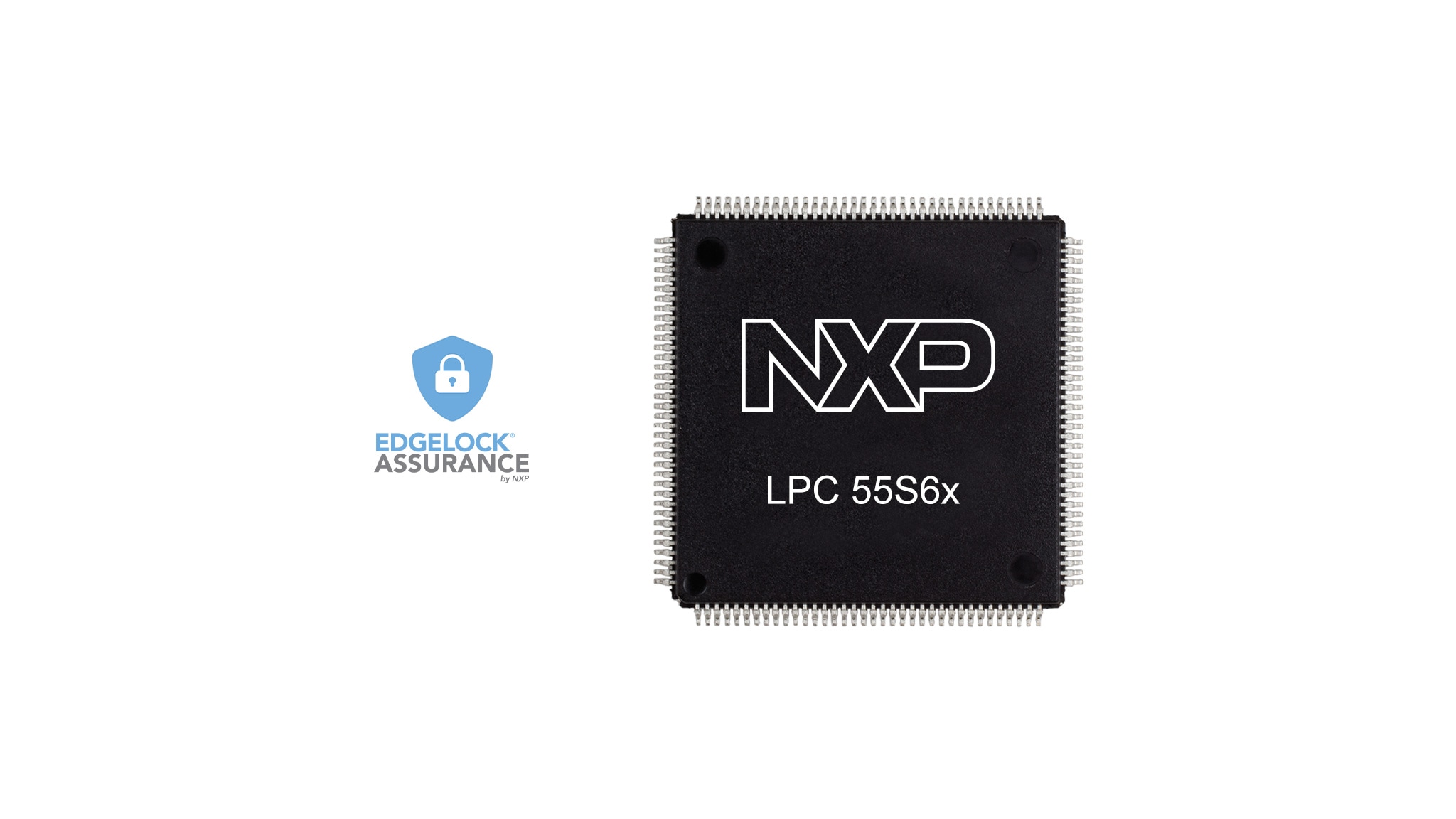
High Efficiency Arm® Cortex®-M33-Based Microcontroller Family

LPC552x/S2x: Mainstream Arm® Cortex®-M33-based Microcontroller Family
Quick reference to our documentation types.
1-5 of 25 documents
Please wait while your secure files are loading.
3 design files
Please wait while your secure files are loading.
1-5 of 7 hardware offerings
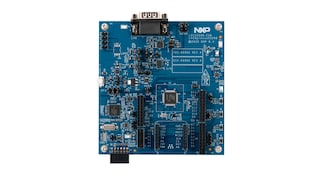
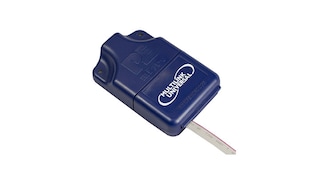
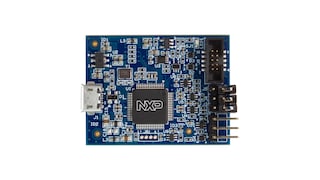
Additional hardware available. View our featured partner solutions.
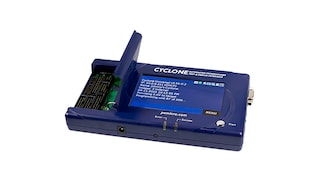
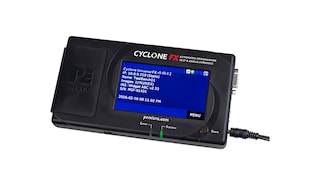
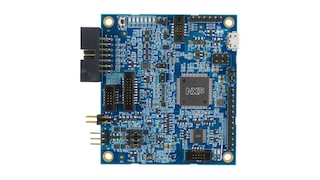
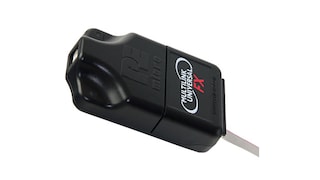
1-5 of 23 hardware offerings
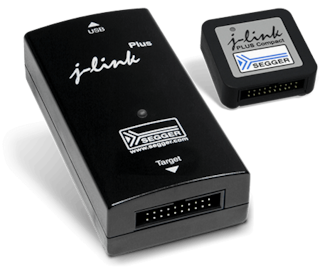
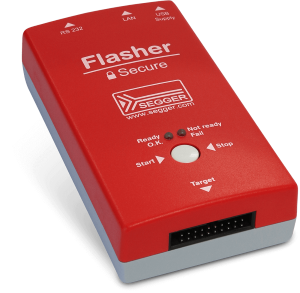
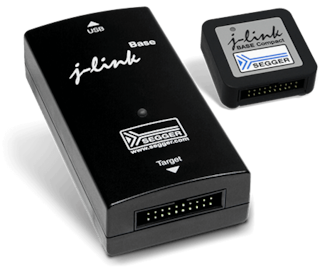
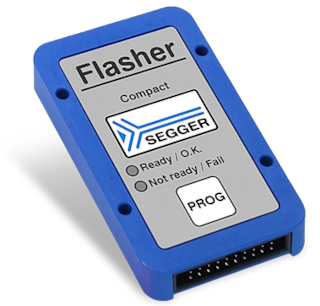
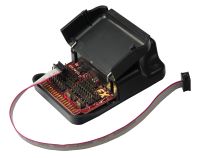
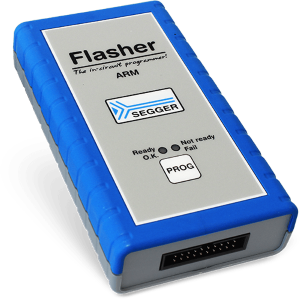
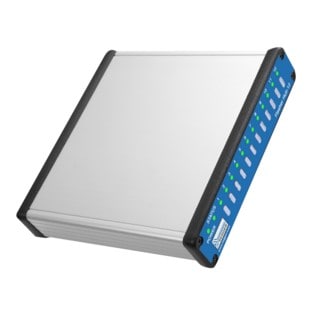
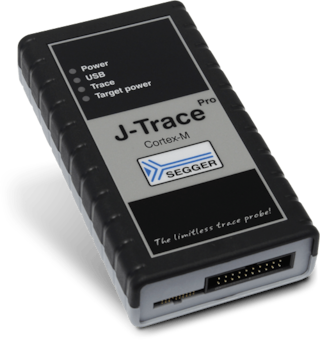


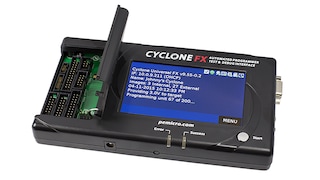
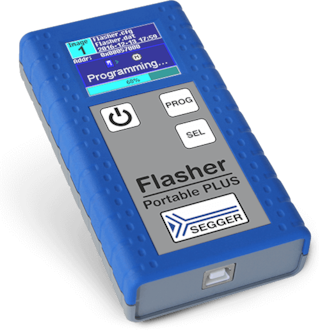
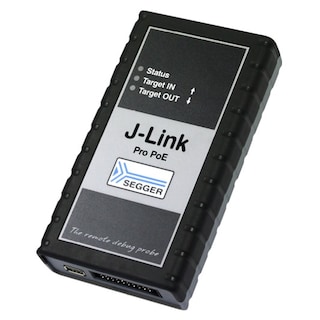
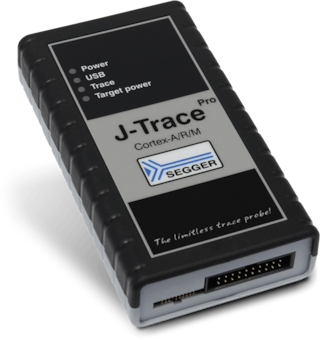

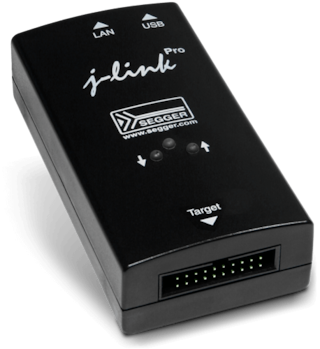
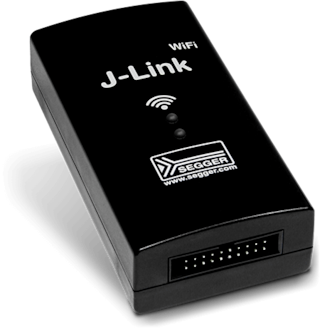
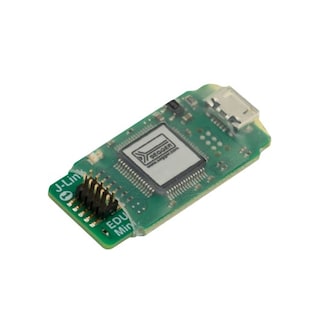
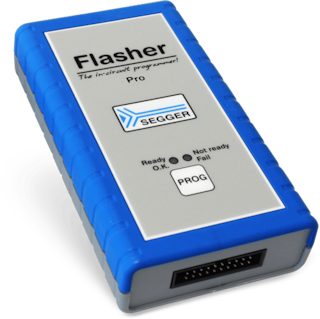
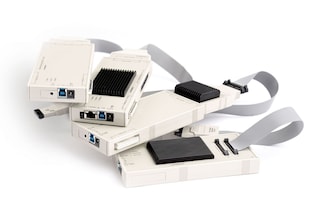
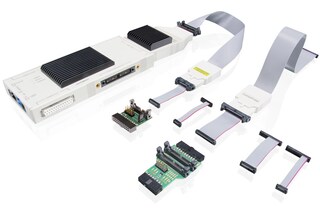
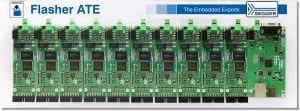

To find additional partner offerings that support this product, visit our Partner Marketplace.
Quick reference to our software types.
1-5 of 12 software files
Additional software available. View our featured partner solutions.
Note: For better experience, software downloads are recommended on desktop.
Please wait while your secure files are loading.
1-5 of 42 software offerings










.svg?imwidth=300)




























.svg?imwidth=300)


To find additional partner offerings that support this product, visit our Partner Marketplace.
1-5 of 6 engineering services






There are no results for this selection.
To find additional partner offerings that support this product, visit our Partner Marketplace.
21 trainings
Additional trainings are available. View our featured partner trainings.
7 trainings
To find additional partner offerings that support this product, visit our Partner Marketplace.